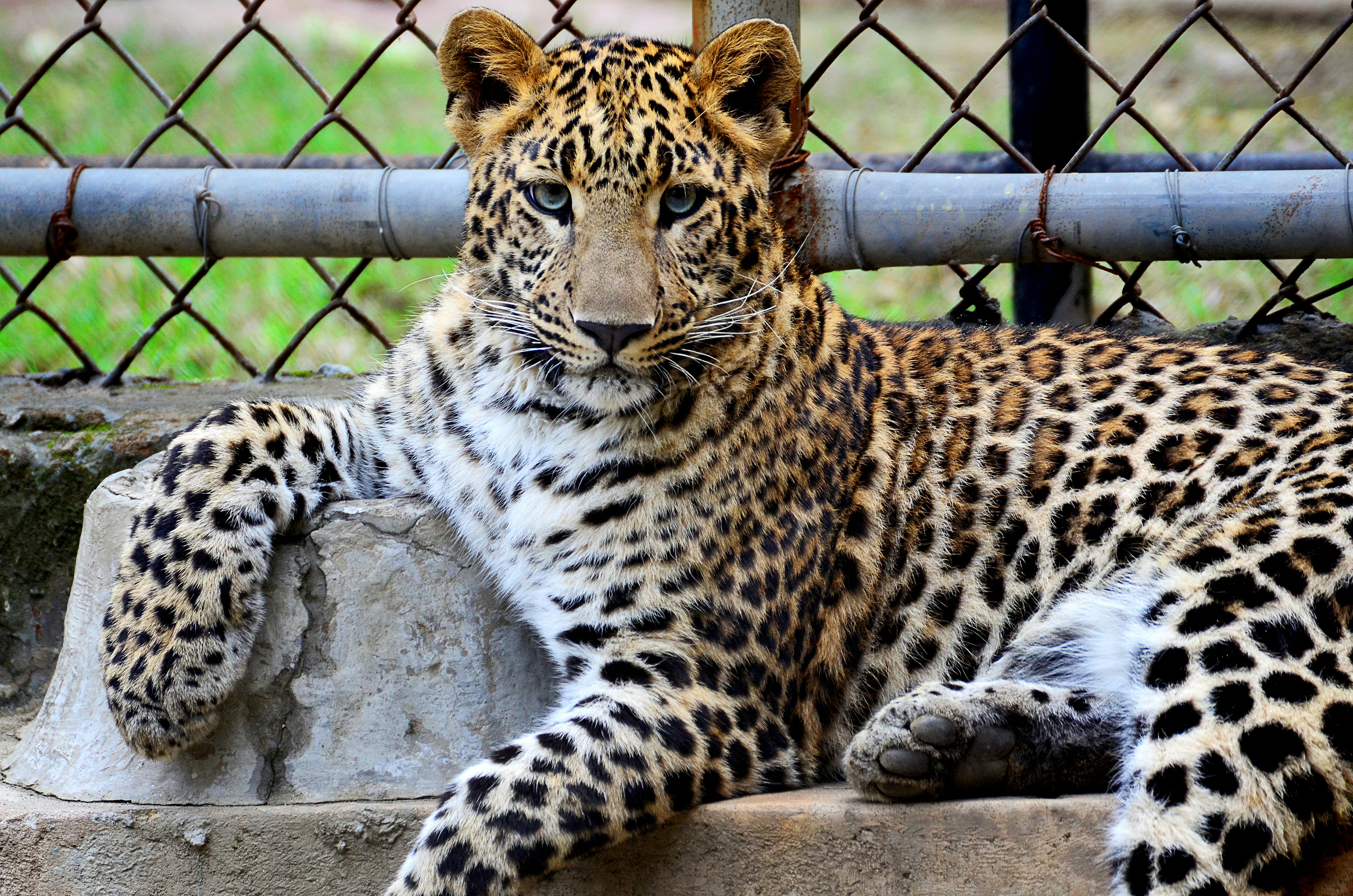Lesson: Wildlife and Conservation (Zoo Visit)

Activity I: Vocabulary
- Wildlife – Wild animals collectively; the native fauna (and sometimes flora) of a region.
- Conservation – The protection and preservation of natural environments and wildlife.
- Habitat – The natural home or environment of an animal, plant, or other organism.
- Endangered species – A species of animal or plant that is seriously at risk of extinction.
- Extinction – The state or process of a species, family, or larger group being or becoming extinct (no longer existing).
- Ecosystem – A biological community of interacting organisms and their physical environment.
- Biodiversity – The variety of life in the world or in a particular habitat or ecosystem.
- Captive breeding – The process of breeding animals in controlled environments within well-defined settings, such as wildlife reserves, zoos and other conservation facilities.
- Poaching – Illegal hunting or catching of wild animals.
Activity II: Reading
A visit to a zoo can be an entertaining and educational experience, offering a glimpse into the diverse world of wildlife. However, modern zoos often play a crucial role that extends far beyond simple exhibition. Many are deeply involved in wildlife conservation, research, and public education about the importance of protecting animals and their natural habitats. For intermediate English learners, discussing a zoo visit can lead to conversations about these significant environmental issues, using more specialized vocabulary related to biology and conservation efforts.
When visiting a zoo, you'll encounter animals from various ecosystems around the globe, from tropical rainforests to arid deserts. Zoos strive to recreate these habitats to provide suitable living conditions. You might see majestic lions, playful primates, or colorful birds. Observing these animals can be fascinating, but it's also an opportunity to learn about their status in the wild. Many species are endangered due to factors like habitat loss, climate change, and poaching. Zoos often highlight these threats and explain the conservation programs they participate in, such as captive breeding programs aimed at increasing the populations of endangered species.
Discussing conservation in English might involve talking about the importance of biodiversity – the variety of life on Earth – and how every species plays a role in its ecosystem. You could discuss the impact of human activities on wildlife and what can be done to mitigate these effects. Phrases like, "It's crucial to protect their natural habitat," or "Zoos can contribute to conservation through research and captive breeding," are useful. Understanding terms like 'extinction' and 'endangered species' helps in grasping the urgency of conservation work. Many zoos also have educational displays that provide in-depth information about the animals and conservation challenges.
A zoo visit, therefore, can be more than just a day out; it can be an impetus for learning about our planet's incredible wildlife and the collective responsibility we have to protect it. By engaging in conversations about these topics, intermediate English learners can practice their language skills while also developing a greater awareness of global environmental issues. The experience encourages us to think critically about the role of humans in preserving biodiversity for future generations.
Activity III: Role Play (Discussing a Zoo Visit and Conservation)
Instructions: Practice this dialogue with your teacher. One person is ANNA, and the other is MARK.
Activity IV: Let's Practice
Discuss Wildlife and Conservation with Your Teacher.
Talk with your teacher about a time you visited a zoo or saw wildlife (even in a documentary). What animals did you find most interesting? What did you learn about their habitat or conservation status? Discuss your views on the role of zoos in wildlife conservation. Do you think captive breeding programs are effective? What are some major threats to endangered species in the world today (e.g., poaching, habitat loss)? Use vocabulary from the lesson to express your ideas.